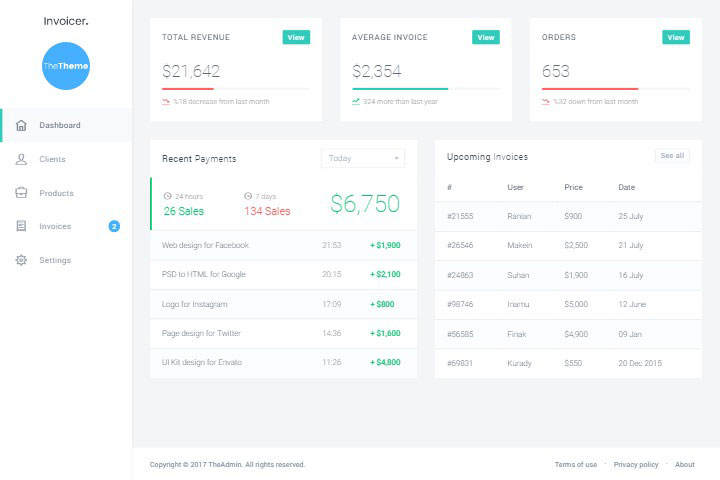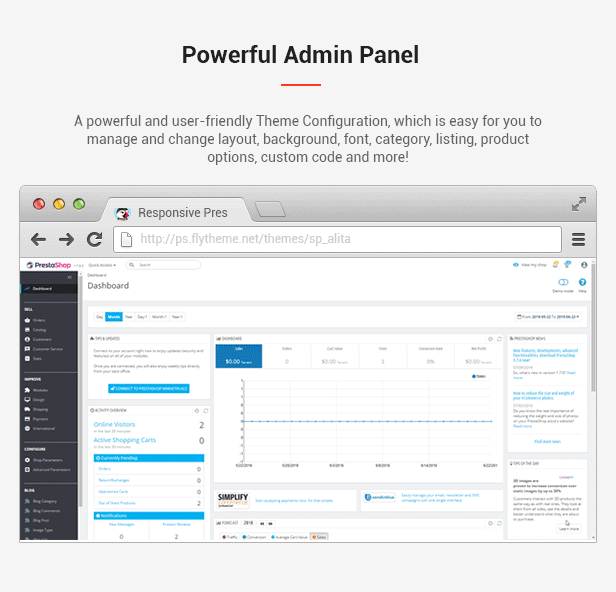

But you will need to know what UI and content are required before you can start to sketch out a template for the screen.

One thing you do when building a web app or site is establish templates and designate areas of content within them. Let's start by looking at one way you might specify how your interface and content will work with different layouts. Other techniques we'll explore show how far you can go using the features of Balsamiq.Ĭreating a responsive design wireframe system The basic ideas are based on techniques we've used and have seen over the years working with teams making wireframes. Some of the capabilities in Balsamiq could make it easier for you to communicate how your design would work with responsiveness in mind. We believe wireframes can show how web content will flexibly adapt to different grid widths and indicate rules for presentation. Here's how we see Balsamiq fitting in with responsive layout design scenarios.

We've been talking with the community about how Balsamiq can work with responsive web design concepts, and we thought we'd explore some techniques that might help. Many Balsamiq users are doing responsive layouts on their projects or are planning to. Responsive layouts on the web are exciting.
#Article list responsive on tablet bootstrap studio how to
Learn how to create a responsive design wireframe system and move on to detailed wireframes using 2 different techniques.


 0 kommentar(er)
0 kommentar(er)
